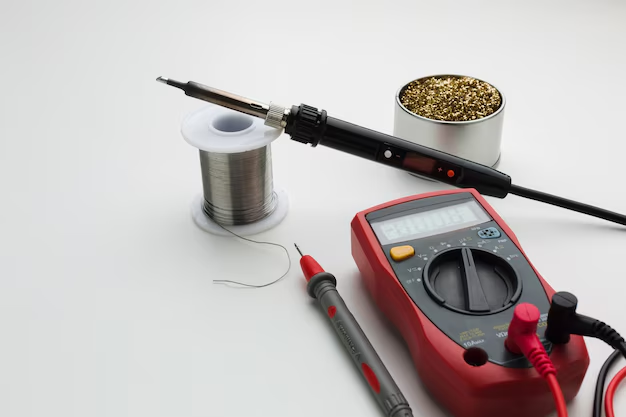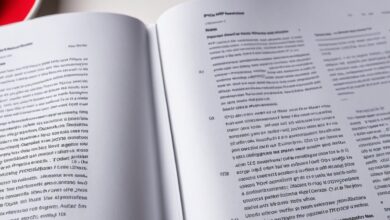Orion Motor Tech Pressure Bleeder for Honda: A Guide Brake

Keeping your Honda’s brake system in top-notch condition is crucial for both performance and safety. One essential tool to streamline this maintenance is a pressure bleeder. If you’ve been struggling with the traditional two-person method of bleeding brakes or visiting the mechanic, it’s time to consider a more efficient solution—the Orion Motor Tech Pressure Bleeder. In this guide, we’ll dive deep into how this tool works, why it’s perfect for Honda owners, and everything you need to know to keep your brake system in optimal condition.
What is a Pressure Bleeder?
A pressure bleeder is a specialized tool designed to help you bleed your vehicle’s brake system. It forces brake fluid through the system at a controlled pressure, removing any trapped air bubbles, which can otherwise affect braking performance. This method ensures that the brake system is filled with fresh fluid while maintaining consistent hydraulic pressure.
Why Choose Orion Motor Tech Pressure Bleeder?
The Orion Motor Tech Pressure Bleeder stands out because of its high-quality build and ease of use. Made from durable materials, it’s designed to handle the pressure needed to efficiently bleed brake systems across a wide range of vehicles, especially Honda models. Whether you own a Civic, Accord, or CR-V, the Orion Motor Tech pressure bleeder is compatible and simplifies brake maintenance.
How Does the Orion Motor Tech Pressure Bleeder Work?
Using the Orion Motor Tech Pressure Bleeder is incredibly simple. Here’s a basic rundown:
- Fill the reservoir: Pour the recommended amount of brake fluid into the pressure bleeder’s reservoir.
- Attach the bleeder to your brake master cylinder: Ensure a snug fit to avoid leaks.
- Pump to pressurize: Build up the pressure by manually pumping the bleeder.
- Open the bleeder valve at each wheel: Start bleeding your brakes one at a time, from the furthest wheel to the closest.
Why Bleeding Brakes is Crucial for Your Honda
Brake fluid is the lifeblood of your braking system. Over time, it can absorb moisture, degrade, or become contaminated, which affects your Honda’s braking power. Bleeding the brakes removes old fluid and air bubbles, ensuring responsive braking and better performance.

Read Also: dental-lab-tech-jobs-near-me-14221
Benefits of Using a Pressure Bleeder Over Traditional Methods
Using a pressure bleeder offers significant advantages over manual methods. It’s faster, requires less effort, and can be done solo. You no longer need to rely on someone to pump the brakes while you open and close bleeder valves. Plus, a pressure bleeder delivers more precise results, ensuring that your brake system is thoroughly bled.
Key Features of the Orion Motor Tech Pressure Bleeder
- Durability: The pressure bleeder is made from strong materials designed to last.
- Compatibility: It comes with a universal adapter and additional accessories to fit most Honda models.
- Easy to use: With a clear pressure gauge and simple design, anyone can use this tool with minimal guidance.
Step-by-Step Guide to Bleeding Your Honda’s Brakes Using Orion Motor Tech
- Prepare your workspace: Ensure your car is on a flat surface and gather all necessary tools.
- Fill the bleeder: Add fresh brake fluid to the pressure bleeder’s reservoir.
- Attach the bleeder to the master cylinder: Make sure it fits securely.
- Pressurize the system: Pump the bleeder to build pressure.
- Open the bleeder valves: Start with the wheel farthest from the master cylinder and work your way forward.
Maintenance Tips for Your Orion Motor Tech Pressure Bleeder
- Clean after each use: Wash the reservoir and hoses to prevent contamination.
- Check for wear: Inspect the seals and gaskets for signs of wear and replace them as needed.
- Store properly: Keep the bleeder in a cool, dry place to ensure longevity.
Compatibility with Honda Models
The Orion Motor Tech Pressure Bleeder is compatible with a wide range of Honda models, including the Civic, Accord, CR-V, and Pilot. It comes with a universal adapter, making it easy to connect to your Honda’s master cylinder.

Common Issues When Bleeding Brakes and How to Avoid Them
One of the most common problems is air entering the system if the pressure isn’t maintained. Always ensure the bleeder is securely attached to avoid leaks, and keep an eye on the pressure gauge throughout the process.
Customer Reviews and Feedback
Honda owners who have used the Orion Motor Tech Pressure Bleeder rave about its simplicity and effectiveness. Many report that it cuts down the time spent on brake maintenance and delivers more consistent results than traditional methods.
Where to Buy the Orion Motor Tech Pressure Bleeder
You can find the Orion Motor Tech Pressure Bleeder on popular online platforms like Amazon, eBay, and specialized auto parts websites. Prices typically range between $40 to $60, offering great value for the quality and features.
DIY vs. Professional Brake Bleeding for Honda Vehicles
While the Orion Motor Tech Prsure Bleeder makes it easy to bleed your brakes at home, there are times when a professional mechanic is recommended, such as if you encounter complex issues like damaged brake lines. However, for routine maintenance, the DIY route is highly cost-effective.
Conclusion
The orion motor tech pressure bleeder for honda is an excellent tool for Honda owners looking to take control of their vehicle’s brake maintenance. Its ease of use, durability, and compatibility make it a must-have for DIY enthusiasts and professional mechanics alike. With proper brake fluid and regular bleeding, your Honda will deliver safe, responsive braking for years to come.
FAQs
How often should I bleed my Honda’s brakes?
It’s recommended to bleed your brakes every two years or as specified in your vehicle’s maintenance manual.
Is Orion Motor Tech Pressure Bleeder compatible with other car brands?
Yes, it comes with adapters that fit most vehicle models, not just Hondas.
How much brake fluid should I use when bleeding brakes?
You should use enough fluid to completely flush the old fluid from the system, typically about 1 quart.



